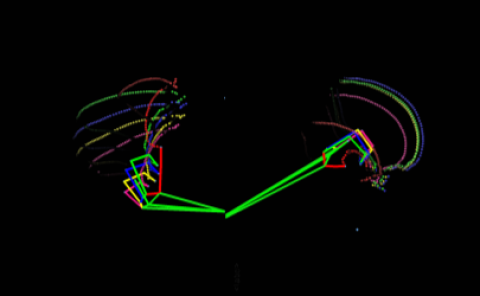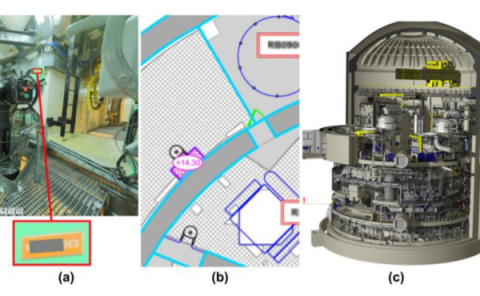Effects of Virtual Reality Properties on User Experience of Individuals with Autism
PubDate: November 2018
Teams: University of South Florida,University of Central Florida
Writers: Lal “Lila” Bozgeyikli; Evren Bozgeyikli; Srinivas Katkoori; Andrew Raij; Redwan Alqasemi
PDF: Effects of Virtual Reality Properties on User Experience of Individuals with Autism

Abstract
In recent years, virtual reality (VR) has been become a popular training tool for individuals with Autism Spectrum Disorder (ASD). Although VR was proven to be a promising tool for individuals with ASD, effects of VR properties or attributes of user interfaces designed for VR on user experience is still an unexplored area. In this study, we explore effects of five attributes of user interfaces designed for VR on user experience of high-functioning individuals with Autism Spectrum Disorder (HFASD): instruction methods, visual fidelity, view zoom, clutter, and motion. Our motivation is to give positive contribution to the design of future VR training applications for individuals with ASD so that more benefits can be gained. Three VR experiences were designed and implemented, and a user study was performed with 15 high-functioning individuals with ASD and 15 neurotypical individuals as the control group. Results indicated that using animated instructions and avoiding verbal instructions, using low visual fidelity and normal view zoom, and using no clutter and no motion in VR warehouse training applications targeting individuals with HFASD are good design practices.



